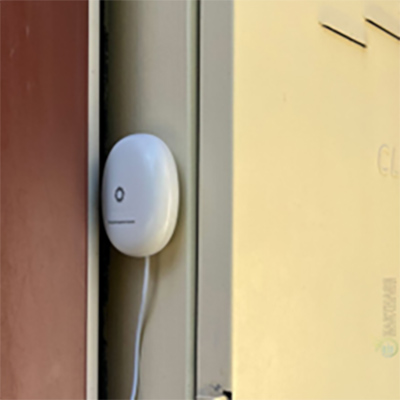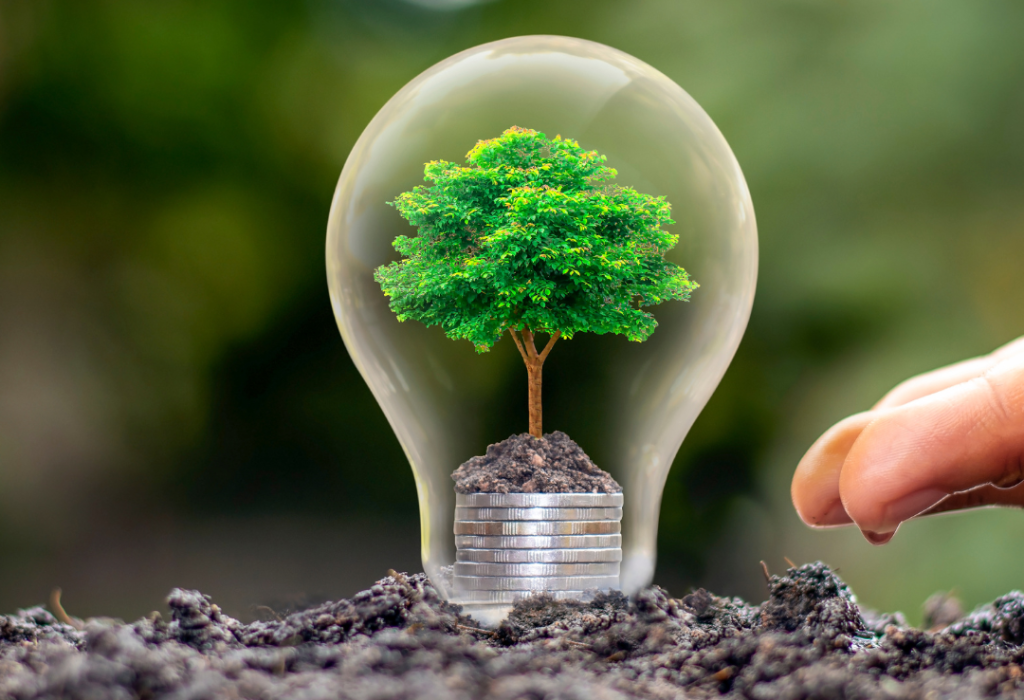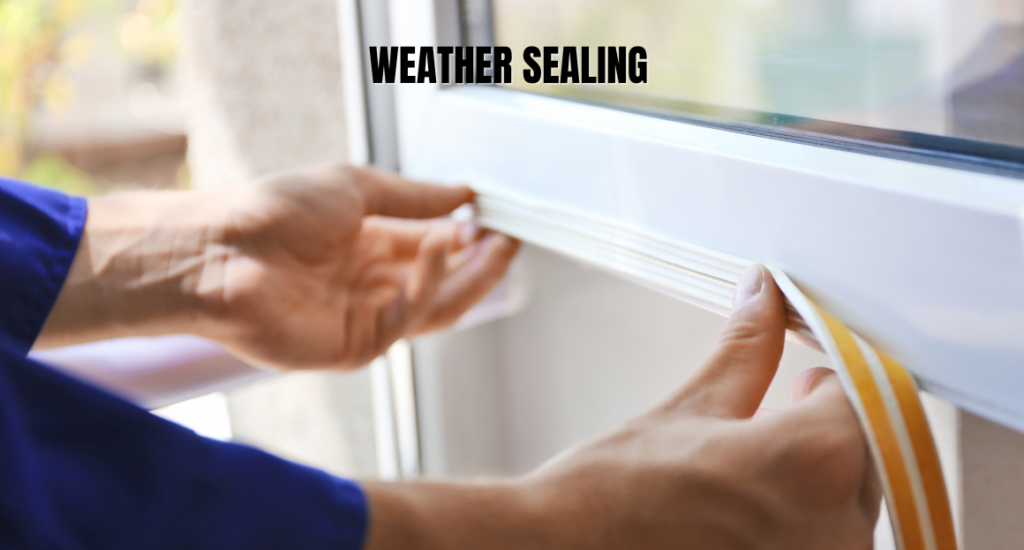Fortunately, there are practical ways to lower your energy bills by up to 30%. The best part is that some solutions may qualify for Australian energy rebates, making them even more affordable.
The Role of Insulation in Lowering Energy Bills
The Role of Insulation in Lowering Energy Bills
- Roof Insulation: An uninsulated roof can aid air leaks,i.e. Heat loss in winter and heat gain in winter. Install or upgrade your roof insulation to improve energy efficiency.
- Wall Insulation: Poor wall insulation is not just your problem, it can be a problem for your neighbours, too. Not only that, it can lead to heat transfer, making your air conditioning or heating system work harder.
- Floor Insulation: Homes with suspended timber floors should definitely do this as it prevents heat from escaping during colder months.
Australian Energy Rebates for Insulation: Certain state programs, such as the Victorian Energy Upgrades (VEU) program, offer rebates for energy-efficient home upgrades, including insulation and weather sealing. This can reduce the upfront costs of insulating your home.
Peak-Time Energy Usage and Tips to Save
- Peak Hours: Generally between 4 PM and 9 PM.
- Off-Peak Hours: Late night to early morning hours.

-
- Use Timers: Set appliances like dishwashers and washing machines to run during off-peak hours.
- Install Smart Meters: Smart meters, often provided through rebate programs like VEU, allow you to track energy usage in real time and identify peak consumption periods.
- Upgrade Appliances: Newer energy-efficient appliances consume less power and are eligible for rebates under various Australian programs, such as the NSW Energy Savings Scheme (ESS).
Step 1: Assessing Your Home’s Insulation Needs, identify areas where insulation and weather sealing are lacking. You can contact Eathase for free assessments, which may be covered under state energy programs.
Step 2: Take Advantage of Rebates
- VEU Program (Victoria): Provides rebates for insulation, weather sealing, energy-efficient appliances, and lighting.
- Federal STC Scheme: Small-scale Technology Certificates (STCs) can be used for heat pumps and other renewable energy upgrades.
Step 3: Combine Insulation with Smart Energy Practices Pairing upgraded insulation with smart energy usage during off-peak hours can lead to significant reductions in your energy bills. For example:
- Insulating your home reduces the need for air conditioning, especially during peak hours.
- Using programmable thermostats ensures your heating and cooling systems operate efficiently.
- Comfort: An excellent heating and cooling alternative for your home. A weather-sealed home stays cooler in summer and warmer in winter.
- Carbon Footprint: Weather sealing helps in less energy consumption, and you contribute to a greener future.
- Property Value: Energy-efficient and weather-sealed homes are increasingly in demand in Australia’s real estate market.
- Seal Air Leaks:
- Use weather seals for doors and chimney seals to prevent drafts.
- Rebate programs like VEU also cover products like exhaust fan seals and window weather seals.
- Heat pump systems are highly energy-efficient and qualify for multiple rebates, including the Victorian Solar Hot Water rebate and STCs.
- Our old halogen bulbs are a story of the past now, with the arrival of LED lights. Who would love to spend more energy and money on something that consumes more energy? Many Australians are making use of the rebate programs and covering the cost of their energy-efficient LED upgrade.
- Solar panels have been around for quite some time! They are the pioneers in the ongoing mission to protect our environment. Solar energy can save your energy bills. There are state and federal rebates, like the Solar Homes program in Victoria, that can offset installation costs.
Make use of the Australian energy rebates and reduce your bills by up to 30%, follow these steps:
Step 1: Use tools or contact accredited providers to see if your home qualifies for programs like VEU, ESS, or federal STCs.
Step 2: Make sure any upgrades or installations are carried out by licensed professionals, and to qualify for rebates, you can use the official websites of the rebate programs like VEU, ESS, or Federal STCs to find a list of accredited installers in your area.
Step 3: Monitor Energy Usage: Use energy monitoring devices, which are often subsidised, to track and optimise your consumption.

These upgrades can be a key to building an Energy Efficient Australia. Be it your door seals, window seals and more, installing these discounted weather sealing products can stop air from escaping your home, keep the atmosphere comfy and reduce energy consumption, which will help you save on your energy bills.
Most Victorians are not aware of the fact that a simple weather sealing will help them keep their home’s temperature well, which later affects their home having improper insulation. This lets out the hot or cool air, making it difficult to maintain indoor temperature. By installing weather sealing for doors and windows, you can stop the air from escaping, making it easier to control the temperature inside your home and saving energy.
Eligibility
All Victorian households that want to install weather sealing for doors, windows, chimneys, exhaust fans, and vents are eligible for the weather sealing discounts Australia offers. If you’re someone living in a rental property, you will also receive a discount on weather sealing. It’s better to talk with your landlords before doing any upgrades to a rental property.
Eligible Upgrades:
- Seal your doors using weather seals for doors.
- Seal your windows with window weather seals.
- Replace or seal your ceiling or wall exhaust fan.
- Seal an unsealed wall vent.
- Chimney seals.
- Seal an evaporative cooler vent.
Saving energy bills by up to 30% is possible with proper insulation, weather sealing, and peak-time energy strategies. You can do all these by making the smart move, which is taking advantage of Australian energy rebates. So upgrade your home’s insulation with Earthase and avail yourself of the rebate program for which you are eligible. Be it optimising energy usage or exploring available rebates, our experts will assist you to learn more and save more.
What are the best types of seals for doors and windows?
Insulation and seals prevent air leaks which reduces the strain on heating and cooling systems, cutting down energy consumption and bills.
How do insulation and seals help reduce energy bills?
Weatherstrips, rubber seals, and foam tape are some of the best options. They block drafts effectively and are easy to install.
Can I install insulation and seals myself, or do I need a professional?
Some seals, like adhesive weatherstripping, can be installed by homeowners. For larger insulation projects or complex sealing, professional installation is recommended for optimal results.
Do ceiling exhaust fan seals really make a difference?
Yes, exhaust fan seals block air leakage through ceiling fans when they are not in use, reducing energy loss and improving indoor temperature control.
How can I check if my home needs better insulation or sealing?
Common signs include drafts, uneven room temperatures, high energy bills, or visible gaps around windows, doors, and vents. A professional energy assessment can help identify areas that need improvement.

